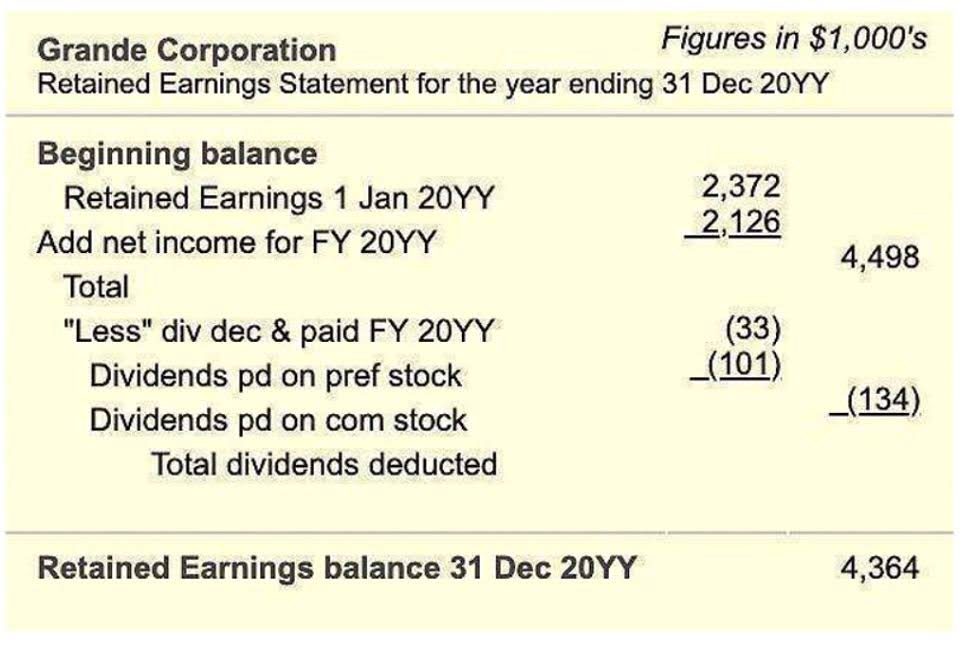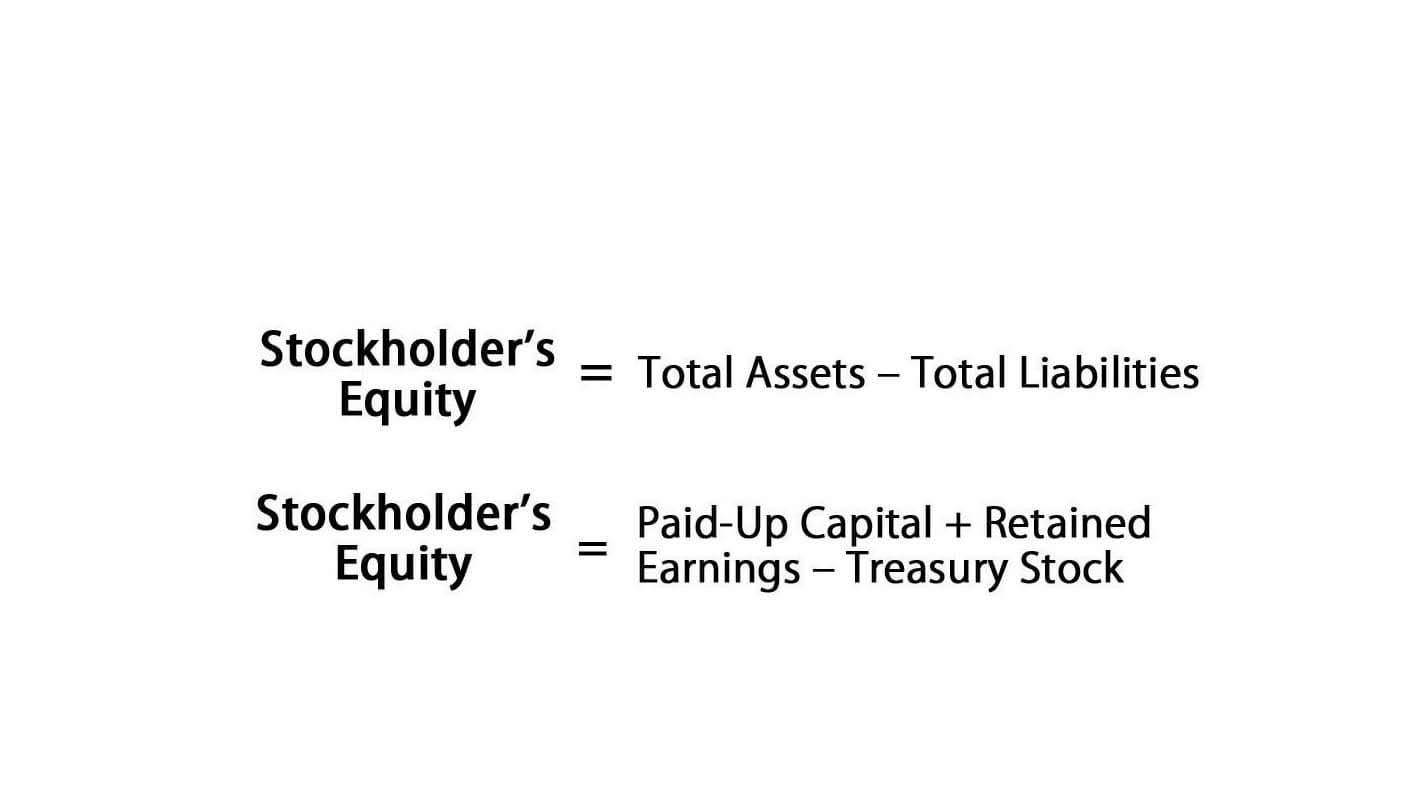
Proper recognition and classification of these liabilities are essential for providing accurate and clear financial information to stakeholders. The values listed on the balance sheet are the outstanding amounts of each account at a specific point in time — i.e. a “snapshot” of a company’s financial health, reported on a quarterly or annual basis. Different types of liabilities are listed under each category, in order from shortest to longest term. Accounts payable would be a line item under current liabilities while a mortgage payable would be listed under long-term liabilities. We use the long term debt ratio to figure out how much of your business is financed by long-term liabilities. If it goes up, that might mean your business is relying more and more on debts to grow.
Working Capital: What It Is and How to Calculate It
In contrast, the wine supplier considers the money it is owed to be an asset. While it is important to remain open to new ideas, we shouldn’t be too quick to throw the baby out with the bathwater. For voluntary programs and regulatory systems, the GHG Protocol’s family of standards provides a policy-neutral foundation for accounting for emissions attributed to business activities. In an ever-changing climate landscape, greenhouse gas (GHG) emissions measurement and management must continue to adapt and evolve to stay relevant as new opportunities and challenges emerge. More than 1,400 survey responses and 230 new proposals were received by the GHG Protocol, the world’s most widely used GHG accounting approach, as part of its two-year update process.
- This is why it’s critical to understand the differences between current and long-term liabilities.
- For example, if a company has had more expenses than revenues for the past three years, it may signal weak financial stability because it has been losing money for those years.
- Make a debit entry (increase) to cash, while crediting the loan as notes or loans payable.
- Such information would likely be material to investors and other users.
- These obligations are eventually settled through the transfer of cash or other assets to the other party.
- A liability is a legally binding obligation payable to another entity.
When to Use Debits vs. Credits in Accounting

Bonds are essentially contracts to pay the bondholders the face amount plus interest on the maturity date. These debts usually arise from business transactions like purchases of goods and services. For example, a business looking to purchase a building will usually take out a mortgage from a bank in order to afford the purchase.
Can you provide some common examples of liabilities companies may have?
Make a debit entry (increase) to cash, while crediting the loan as notes or loans payable. Finally, you will record any sales tax due as a credit, increasing the balance of that liability account. You will increase (debit) your accounts receivable balance by the invoice total of $107, with the revenue recognized when the transaction takes place. Cost of goods sold is an expense account, which should also be increased (debited) by the amount the leather journals cost you. Debits and credits are the true backbone of accounting, as any transaction recorded in a ledger, whether it’s hand-written or in your accounting software, needs to have a debit entry and a credit entry. Some companies may group certain liabilities under “other current/non-current liabilities” because the liabilities may not be common enough to warrant an entire line item.
Income Taxes Payable
These are any outstanding bill payments, payables, taxes, unearned revenue, short-term loans or any other kind of short-term financial obligation that your business must pay back within the next 12 months. To achieve its goal of only using primary data to calculate emissions, the E-liability approach would need each company in a value chain to quantify and register its GHG emissions liabilities. Such a universal approach is unlikely to be feasible in a voluntary system. Companies with diverse product portfolios or deep global supply chains touch many small- to medium-sized enterprises. Large-cap companies, for example, can have supplier pools of up to 100,000 businesses that span the globe. Primary data is specific and traceable to a company’s products and services.
Why Are Liabilities Important to Small Business?
- This is why it’s important to understand what liabilities are since they play a critical role in your business.
- The total liabilities of a company are determined by adding up current and non-current liabilities.
- In the world of accounting, a liability refers to a company’s financial obligations or debts that arise during the course of business operations.
- The GHG Protocol is a widely used family of codified standards developed through multi-stakeholder processes over the last 20 years.
- However, as your business grows and needs to comply with the US GAAP, there are other types that you must consider for accounting purposes.
- Another popular calculation that potential investors or lenders might perform while figuring out the health of your business is the debt to capital ratio.
- Accountants also need a strong understanding of how liabilities function within an organization’s finances.
They are vital components of a balance sheet, which is one of the primary financial statements used by stakeholders to assess a company’s performance and sustainability. In accounting, liabilities are debts your business owes to other people and businesses. Examples of liabilities include bank loans, IOUs, promissory notes, salaries of employees, and taxes. Liabilities are on the right side of the balance sheet, and these accounts have a normal credit balance. It means that crediting liability accounts increases their balances while debiting them decreases their balances.
Debits and Credits in Accounting: A Simple Breakdown
Kashoo offers a surprisingly sophisticated journal entry feature, which allows you to post any necessary journal entries. Reporting options are limited to financial statements and a couple of list reports, with few customization options available, though reports can be exported to Microsoft Excel if customization is desired. Kashoo is an what are liabilities in accounting online accounting software application ideally suited for start-ups, freelancers, and small businesses. Sage Business Cloud Accounting offers double-entry accounting capability, as well as solid income and expense tracking. Reporting options are fair in the application, but customization options are limited to exporting to a CSV file.
- Xero is an easy-to-use online accounting application designed for small businesses.
- This includes radical decarbonization of GHG-intensive sectors such as utilities, oil and gas, transportation, banking, chemicals, steel, and concrete.
- As the company makes payments on the mortgage, the principal portion of the payment reduces the mortgage payable, while the interest portion is accounted for as an interest expense.
- It compares your total liabilities to your total assets to tell you how leveraged—or, how burdened by debt—your business is.
- While it is important to remain open to new ideas, we shouldn’t be too quick to throw the baby out with the bathwater.
- Accrued Expenses – Since accounting periods rarely fall directly after an expense period, companies often incur expenses but don’t pay them until the next period.
Financial statements, such as the balance sheet, represent a snapshot of a company’s assets, liabilities, and equity at a specific point in time. Assets and liabilities are treated differently in that assets have a normal debit balance, while liabilities have a normal credit balance. One—the liabilities—are listed https://www.bookstime.com/ on a company’s balance sheet, and the other is listed on the company’s income statement. Expenses are the costs of a company’s operation, while liabilities are the obligations and debts a company owes. Expenses can be paid immediately with cash, or the payment could be delayed which would create a liability.
